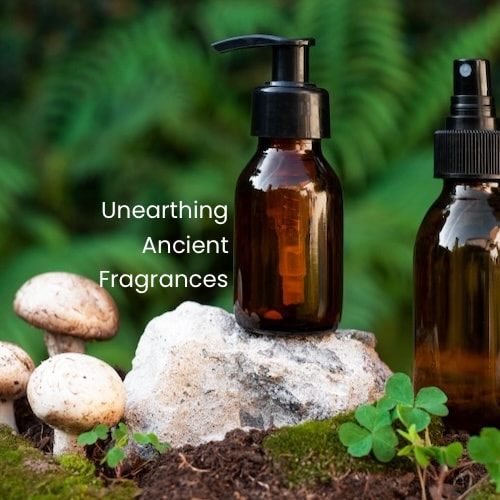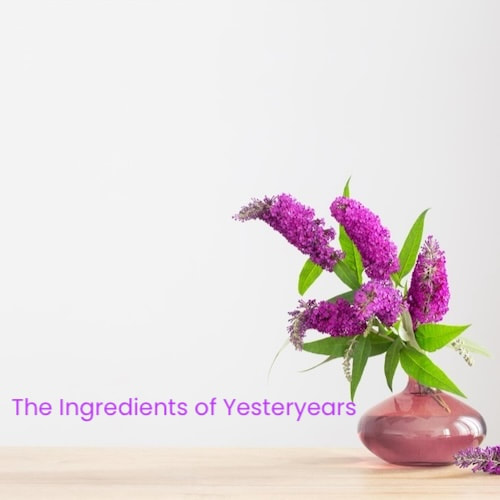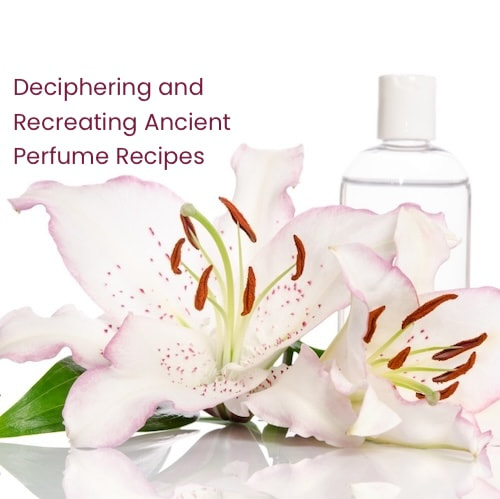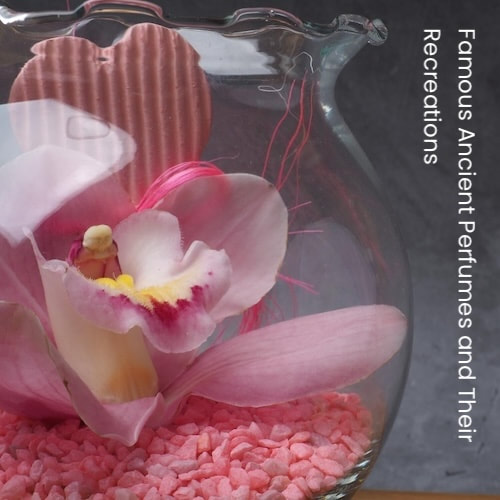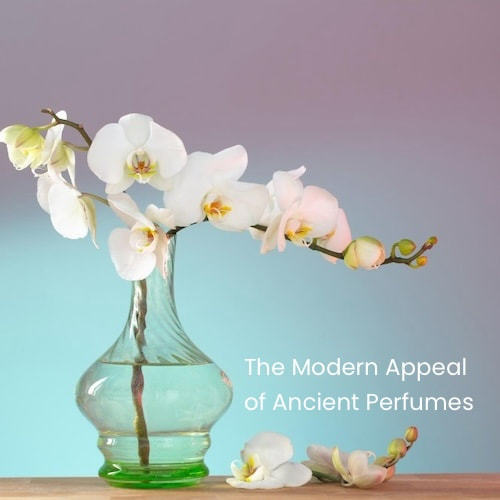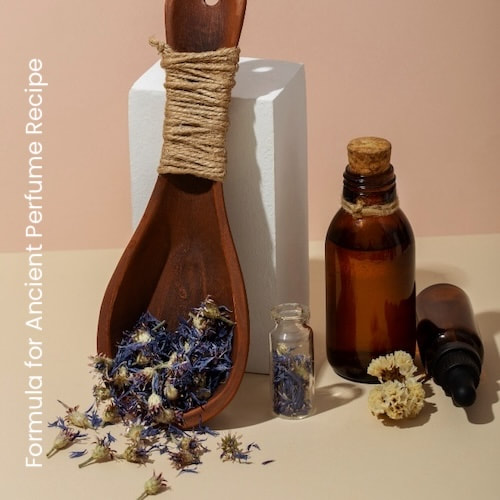Introduction
- The Allure of Antiquity: Exploring the timeless fascination with ancient perfumes and the stories they carry
- Unlocking the Past: The exciting journey of discovering, deciphering, and recreating ancient perfume recipes
- Historical Significance: Highlighting the cultural and historical importance of perfumes in ancient civilizations
- Archaeological Discoveries: Discussing how ancient perfume recipes and artifacts have been uncovered in archaeological excavations
- Ancient Texts and Manuscripts: Exploring the treasure troves of knowledge found in ancient texts, recipes, and scrolls
- Rare and Exotic Materials: Discussing the unique and often extravagant ingredients used in ancient perfumes, including myrrh, frankincense, and precious oils
- Methods of Extraction: Exploring the methods used to extract aromatic compounds from botanicals, such as cold enfleurage and hot maceration
- Natural vs. Synthetic: Delving into the debate between natural and synthetic fragrance ingredients in the ancient world
- Historical Text Analysis: Explaining how historians and chemists collaborate to decipher ancient recipes using textual analysis
- Experimental Archaeology: Detailing the process of recreating ancient perfumes through hands-on experimentation
- Challenges and Successes: Sharing the challenges faced and insights gained during the recreation process
- Kyphi: Exploring the sacred Egyptian incense and its modern reconstructions
- Musc: The Scent of Antiquity: Discussing the mythical fragrance of musk and its journey through time
- Royal Fragrances: Investigating the perfumes favored by ancient royalty, such as Cleopatra's signature scent
- Nostalgia and Aromatherapy: Discussing the emotional and therapeutic aspects of using ancient perfume recreations
- Modern Applications: Exploring how ancient-inspired fragrances have made their way into the contemporary perfume industry
- Personal Blending: Encouraging readers to experiment with ancient-inspired perfume recipes and create their signature scents
